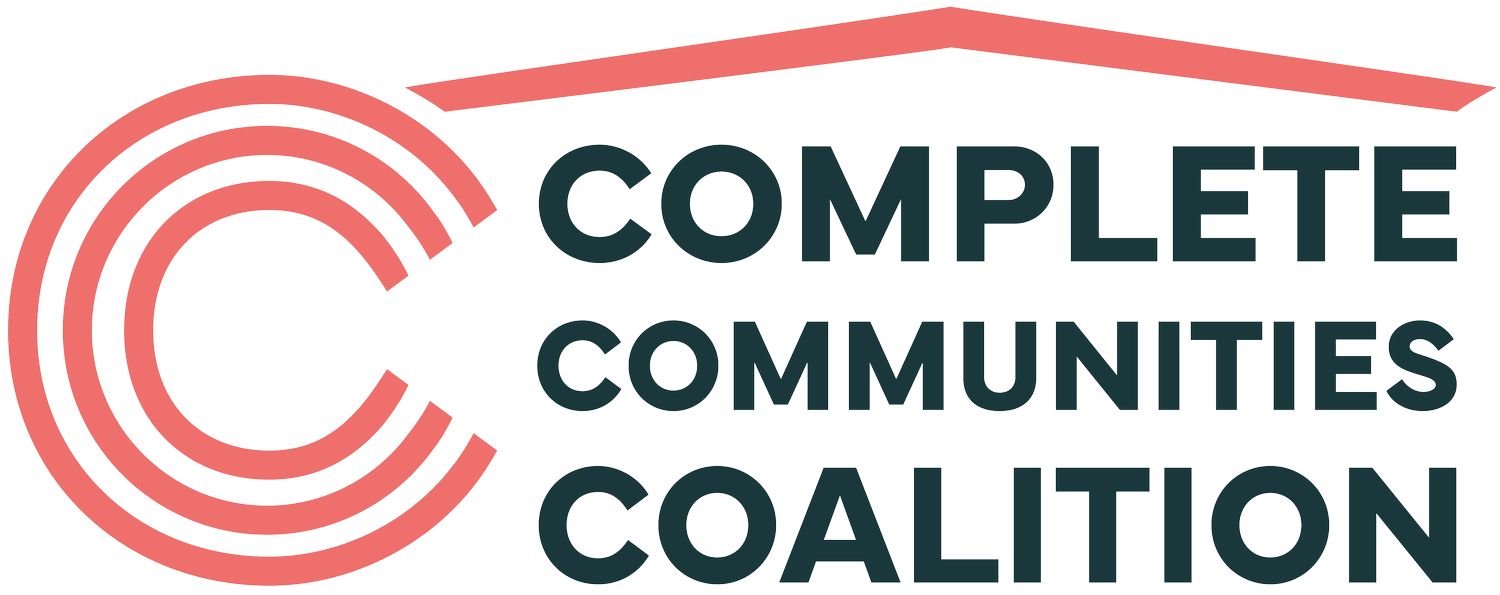Key Talking Points about the Comprehensive Plan
1. Seattle’s Housing Crisis Demands Bold Action
Seattle has amazing opportunities, great natural beauty, and unique, vibrant neighborhoods. But the housing crisis is squeezing out families with children, seniors, and essential workers, creating an increasingly exclusive city.
The comprehensive plan is a once-a-decade chance to make Seattle a city that works for everyone: equitable, affordable, livable, vibrant, and green. Our Comprehensive Plan is the blueprint for the growth of our city–and we need a blueprint that includes homes for everyone.
2. Housing Abundance Improves Housing Affordability
Our zoning has restricted housing supply while demand continues to grow. This has created intense competition for the limited homes we have, as those who are most able to pay drive up rents and home prices across the market.
Adding more housing of all types is critical, as it reduces upward price pressures on older, less expensive homes.
Other cities, such as Minneapolis and Austin, have shown that zoning reforms to allow more housing can help curb rising rents and housing costs.
Expanding the proposed affordable housing density bonus can also help directly increase housing options for lower-income households.
3. Building More Homes in Seattle is Good for the Environment
Compact, transit-oriented development fights climate change by reducing car dependency and pollution.
Transit-oriented development lets people live closer to jobs and amenities. This gives more people the option to conveniently get where they need to go by walking, taking transit, or cycling, and reduces travel distances for those who do drive.
Building up, not out, reduces urban sprawl and preserves farms and forests outside the city.
4. Mixed Use Development Creates More Walkable & Complete Neighborhoods
Every neighborhood deserves a gathering space. Zoning for mixed-uses weaves homes, jobs, small businesses, and amenities into walkable neighborhoods where people can connect, thrive, and build fulfilling lives in their own communities.
Complete communities allow people to live near grocery stores, cafes, parks, schools, and other essentials, making it easier to meet daily needs, stay active, and spend more time with family and friends—all without relying on a car.
Small-scale retail and live-work spaces give people the freedom to pursue their ambitions, providing opportunities for residents to start and grow businesses, create jobs, and contribute to neighborhood vitality.
5. The Mayor’s Proposed One Seattle Plan is a Major Step Forward
The Mayor’s proposed One Seattle Plan is strong step towards tackling the housing crisis while building a more sustainable and equitable future.
Some specific reforms to applaud:
Allowing middle housing like fourplexes citywide to increase housing options in all neighborhoods.
Creating 30 Neighborhood Centers where more people can live, work, and access daily needs.
Expanding Urban Centers around transit.
6. The Council Should Continue to Strengthen the One Seattle Plan
To make this plan even stronger, the City Council should go further to create more abundant housing and vibrant communities.
Specific Recommendations:
Expand the affordable housing density bonus program citywide, and create a similar bonus for lowrise zones.
Allow the stacked flats bonus on all lots near frequent transit, regardless of size, as an accessible alternative to townhomes.
Add new neighborhood centers near major parks, like North Broadway, Seward Park, Alki, Gas Works, and Loyal Heights.
Expand neighborhood center boundaries, to ensure they are big enough to support grocery stores, other essential uses, and a diverse range of small businesses.
Allow for more mixed-use development along transit corridors.
Conclusion: Seize This Opportunity
This Comprehensive Plan Update is a once-in-a-generation chance to address Seattle’s biggest challenges. Together, we can create abundant housing, reduce our environmental footprint, and build a city where everyone—regardless of income—can access opportunity and thrive.
Let’s move forward with bold, transformative changes to meet this moment and secure a brighter future for our city.
Sign-Up
Ready to get more involved? Sign up to receive updates and action alerts!
